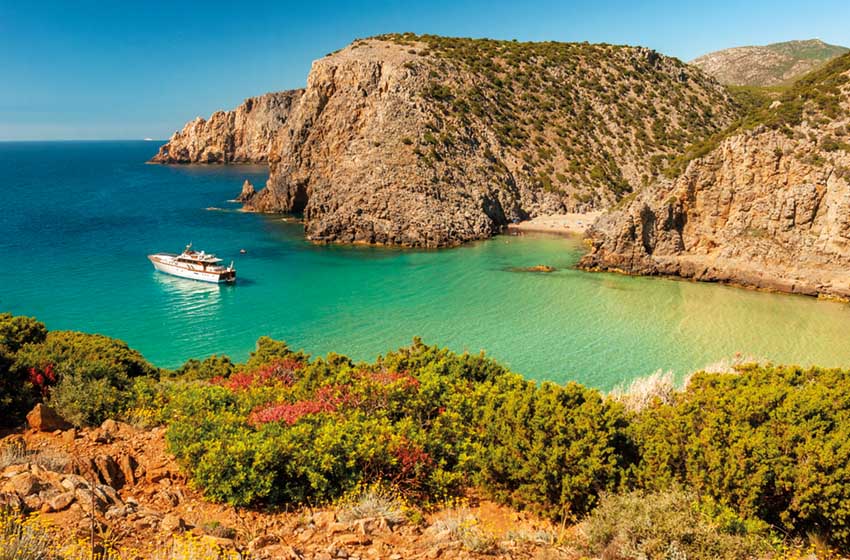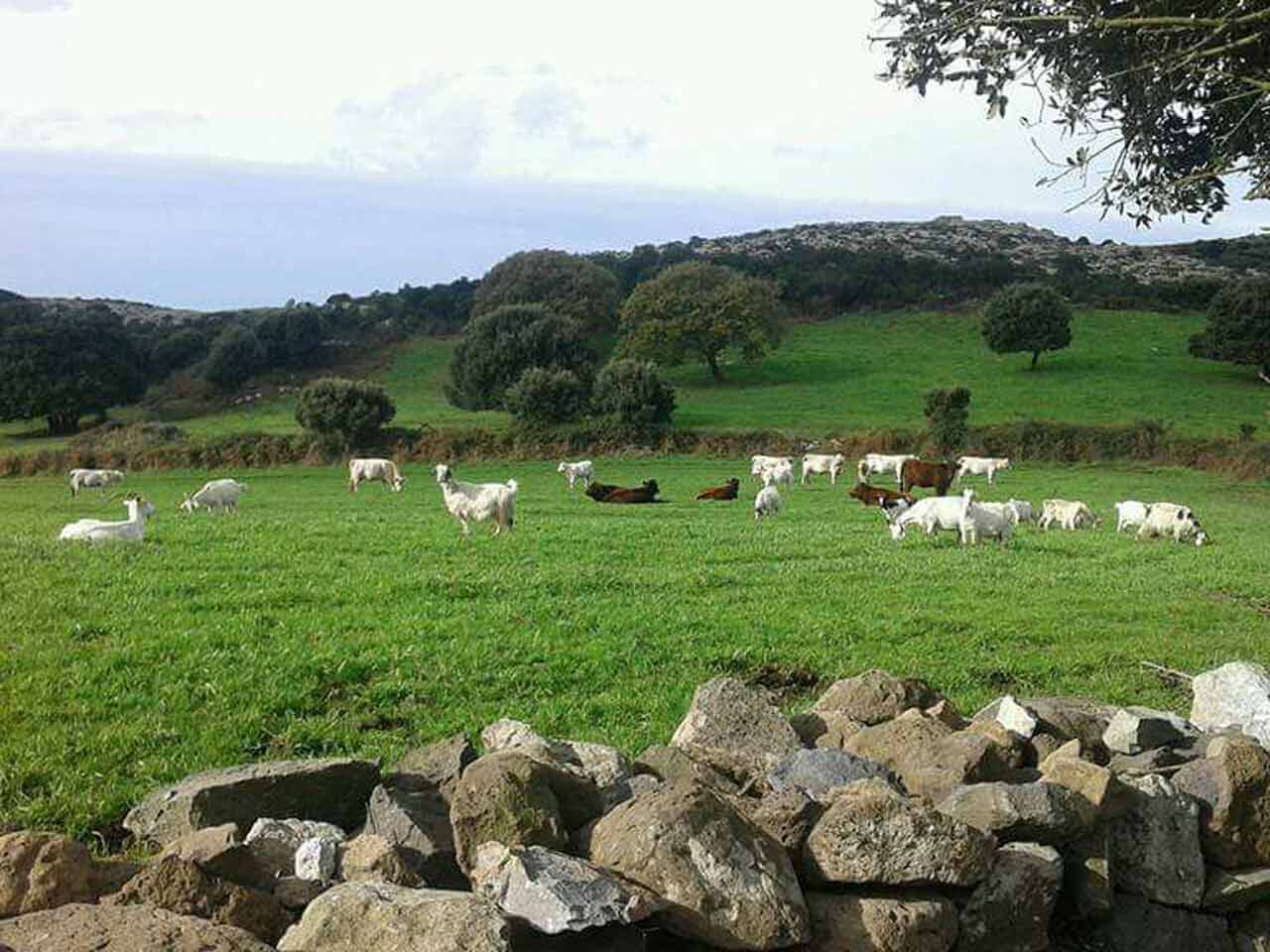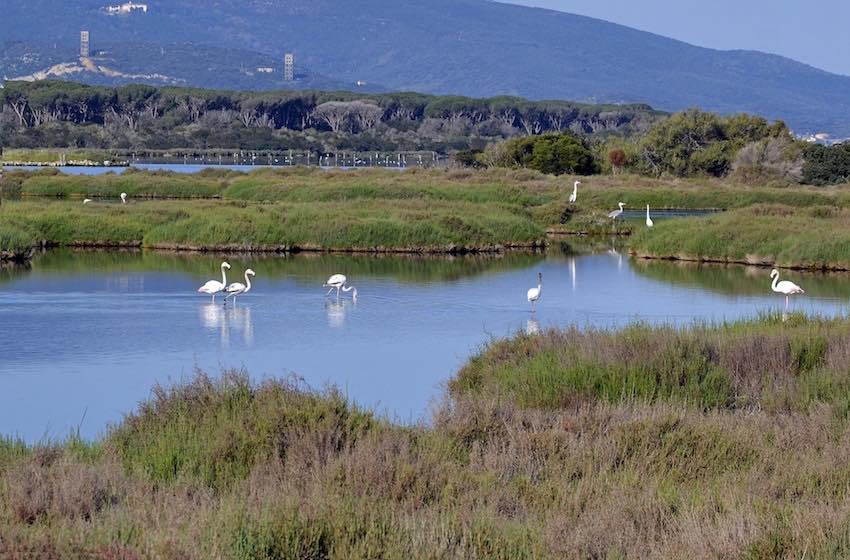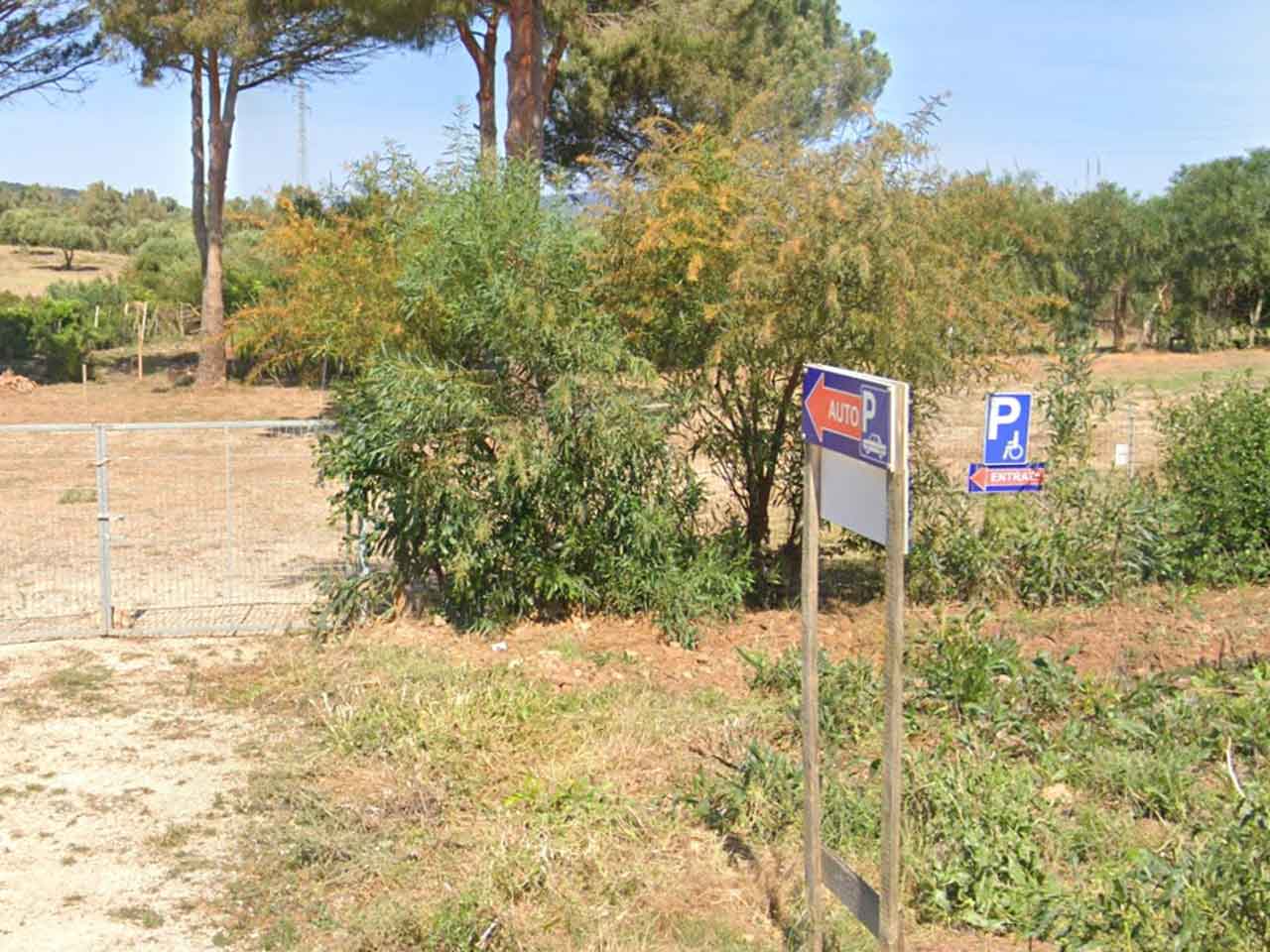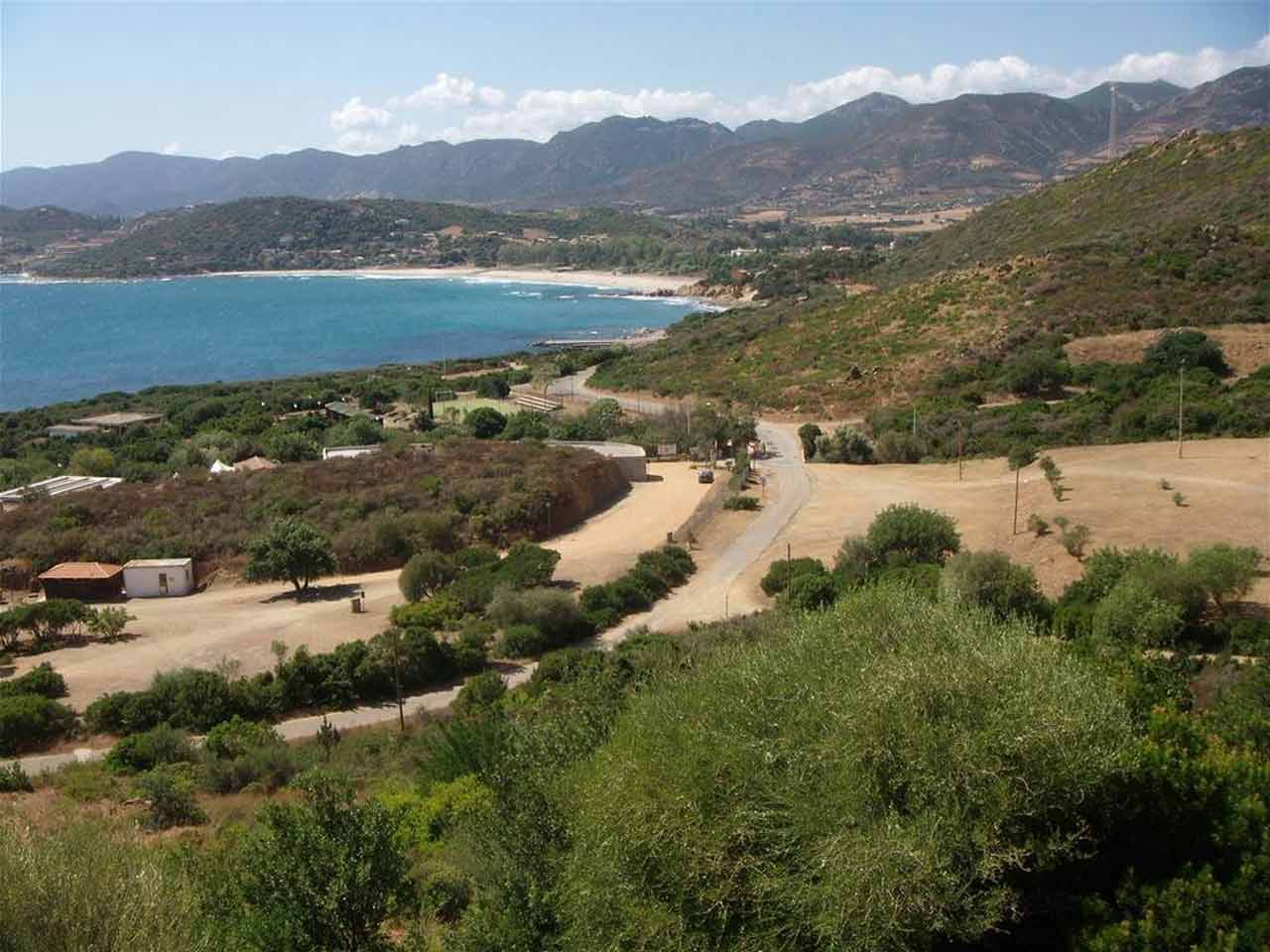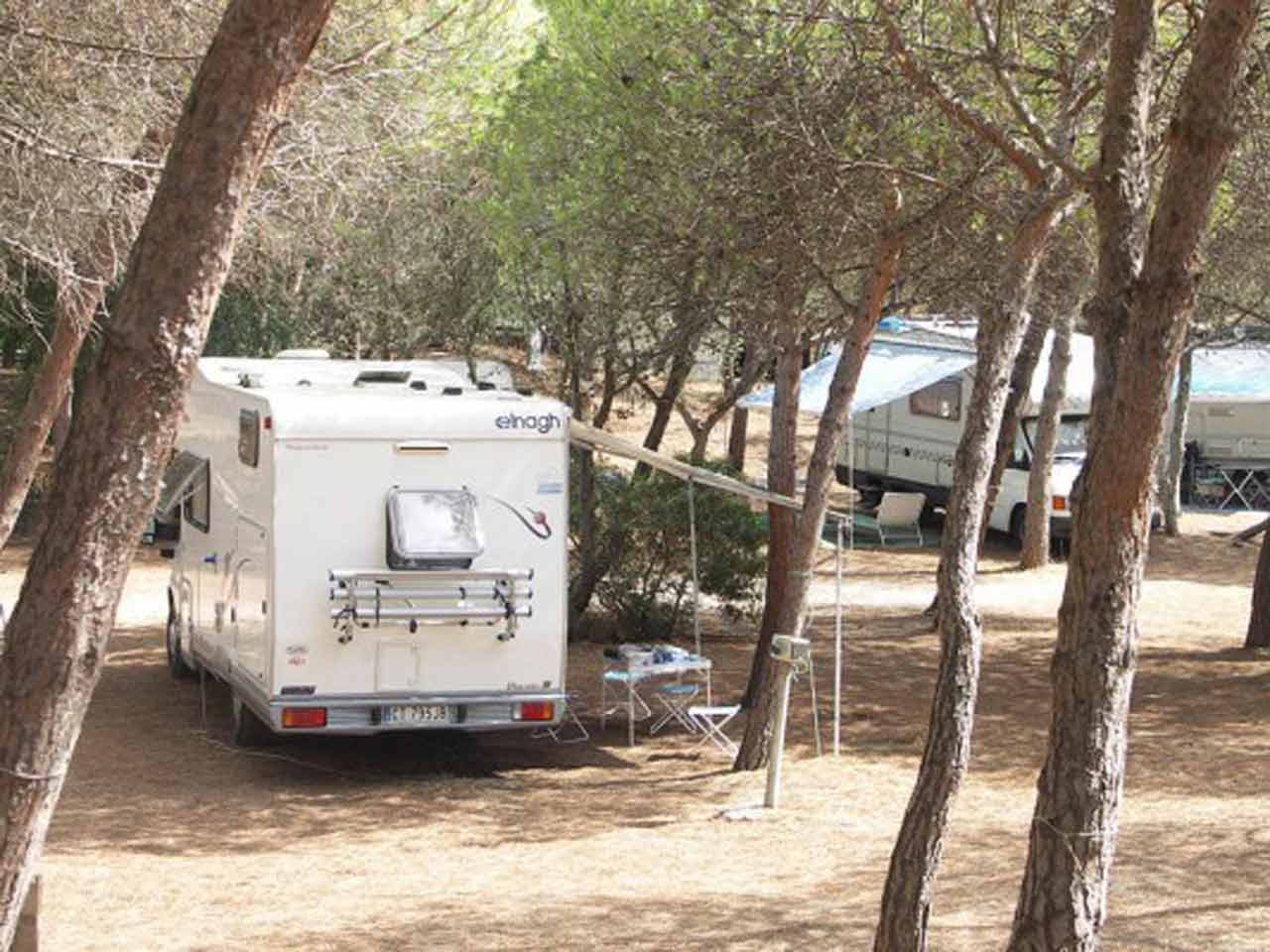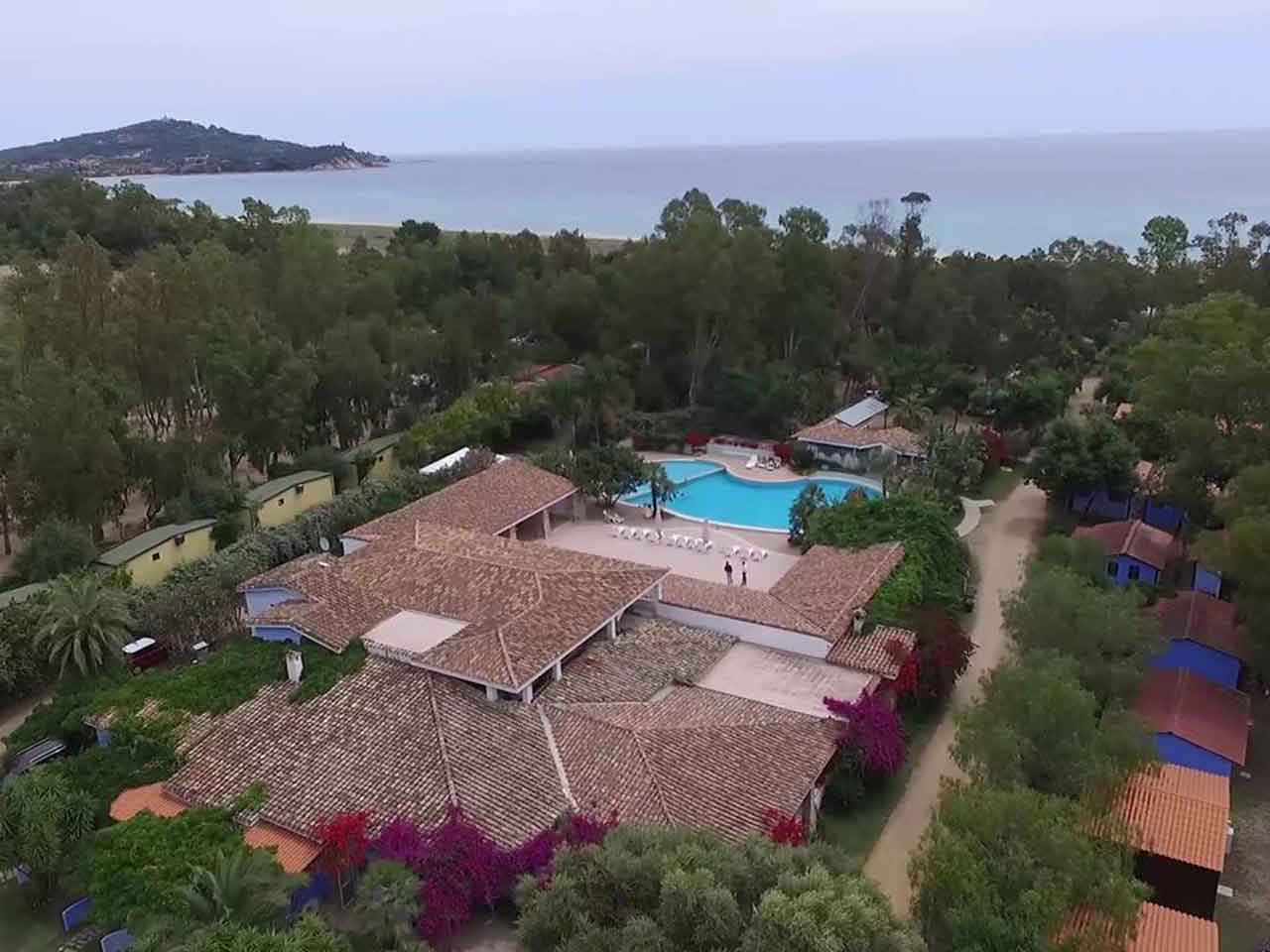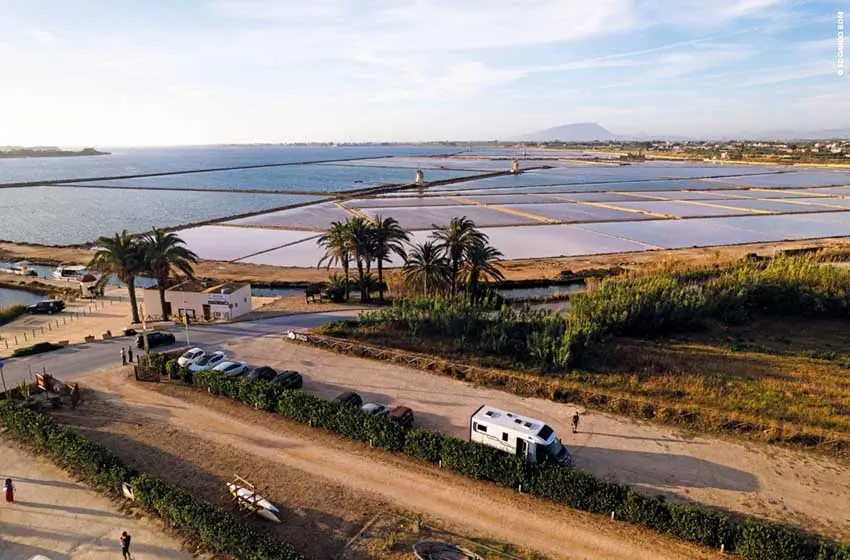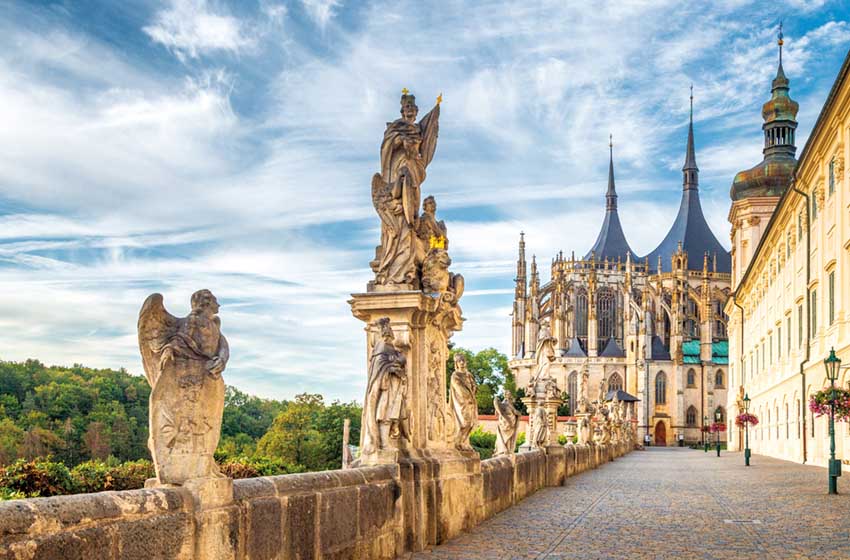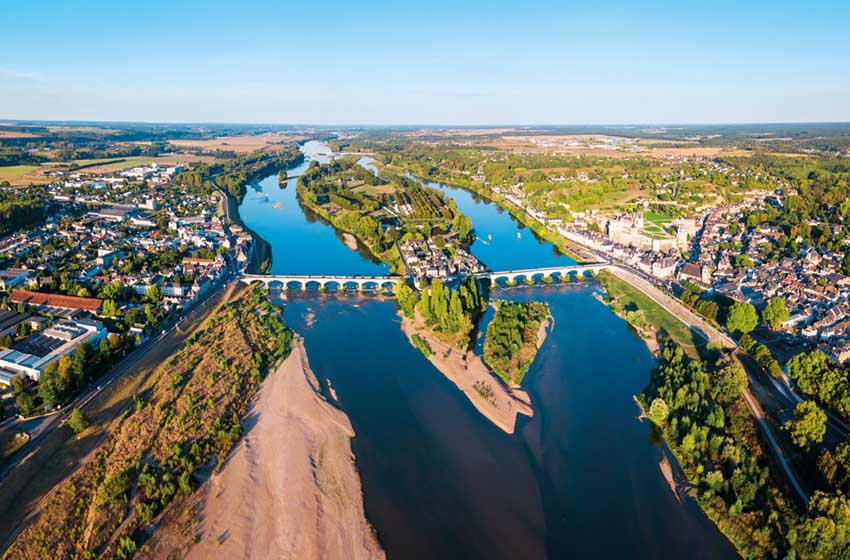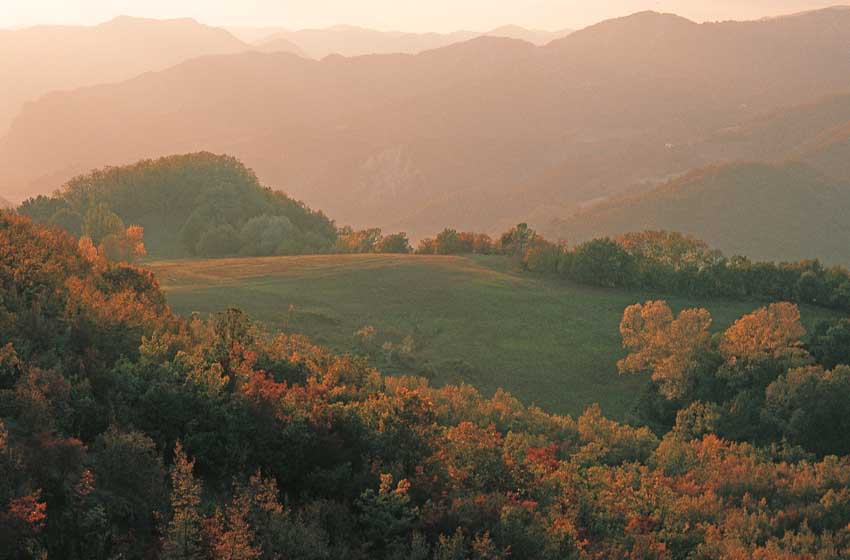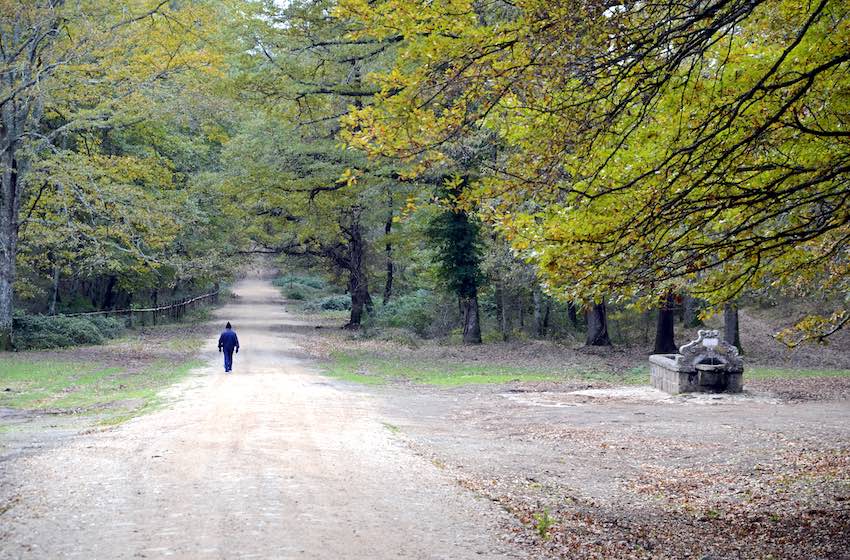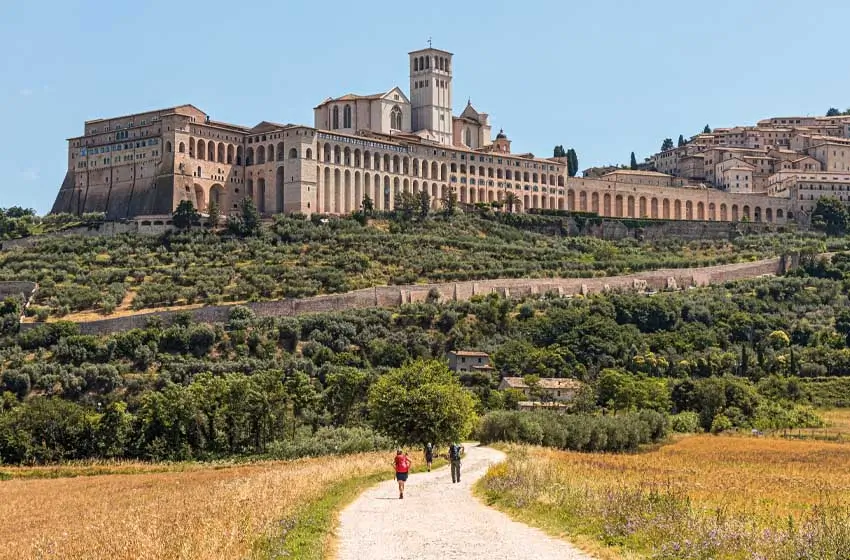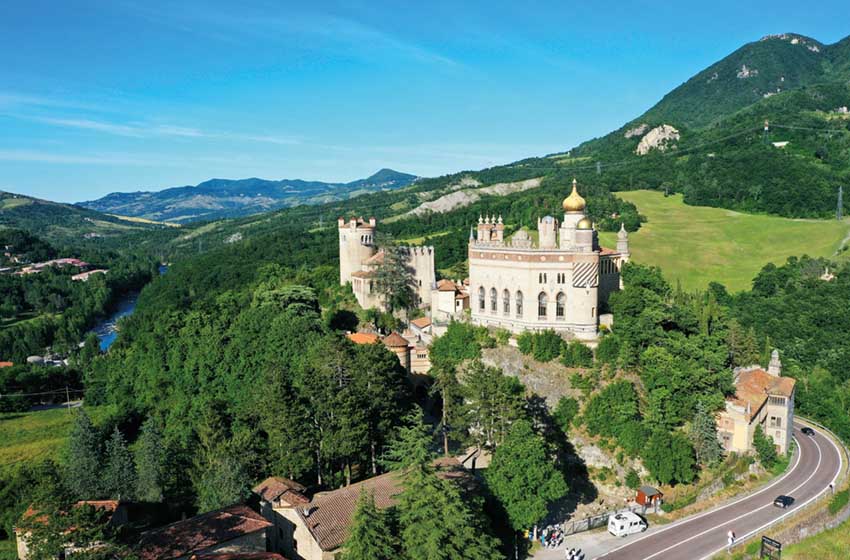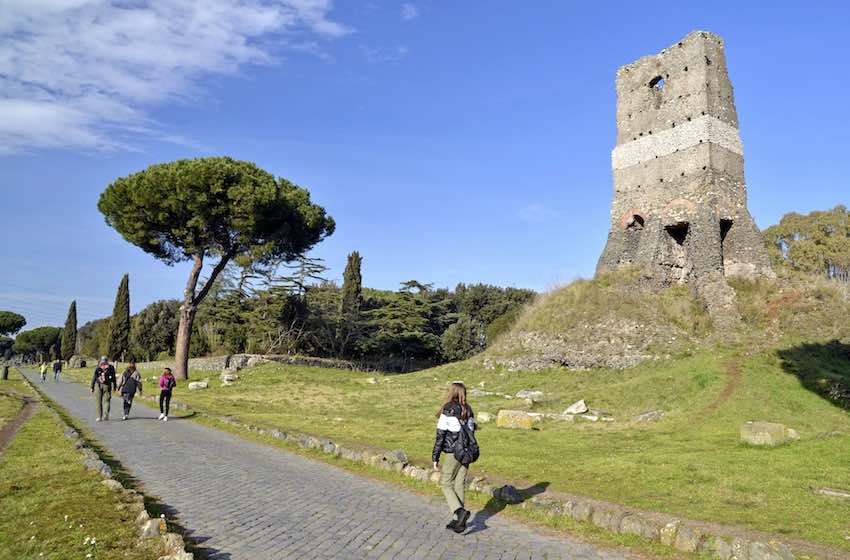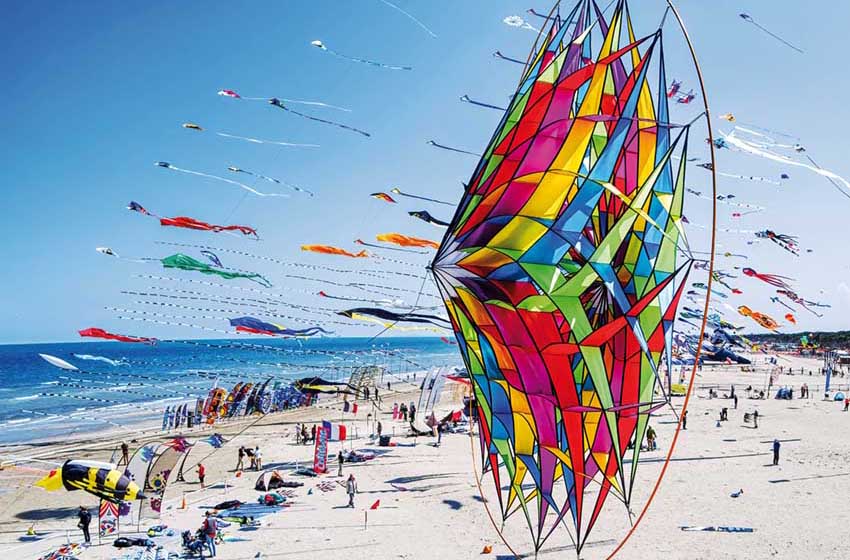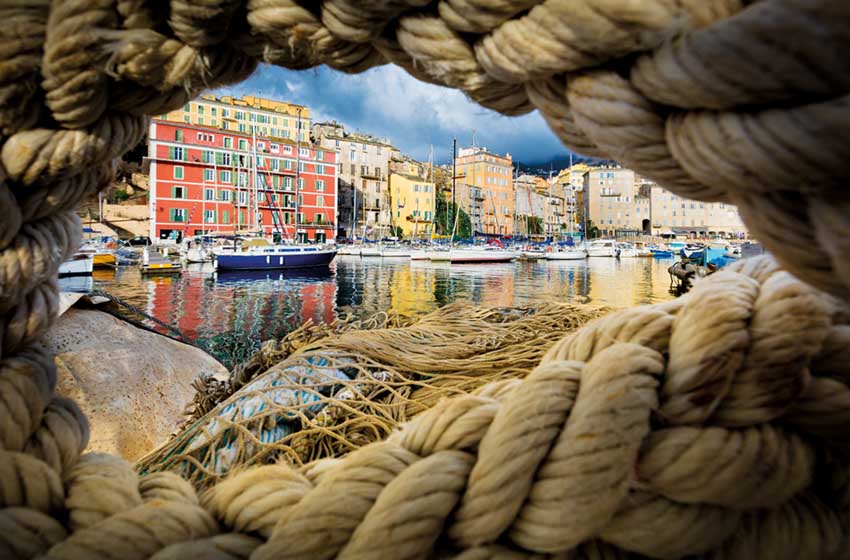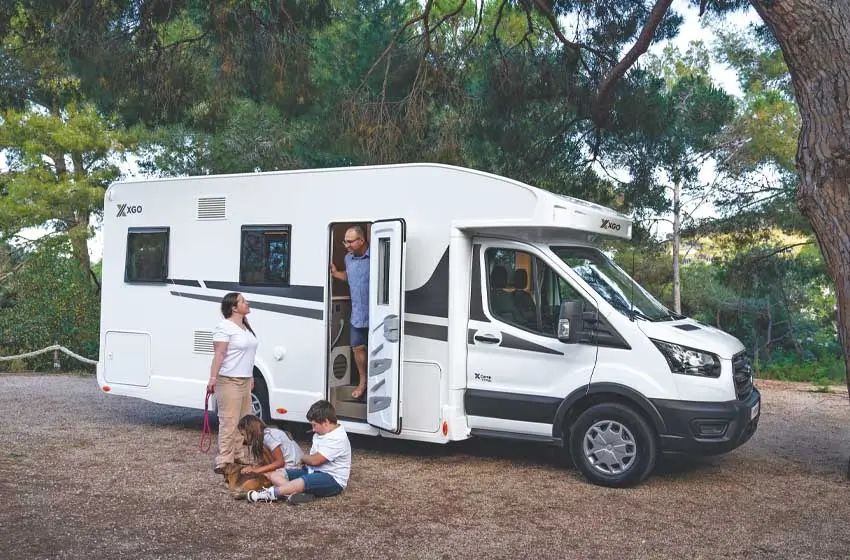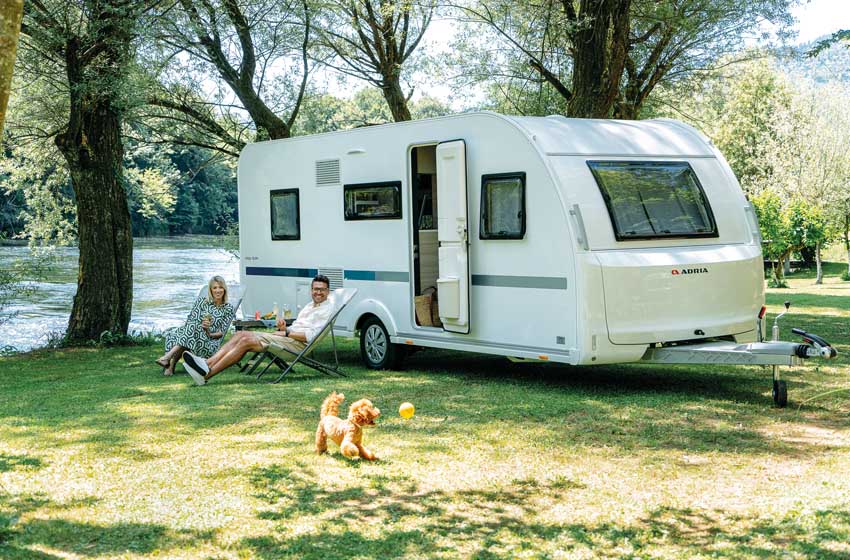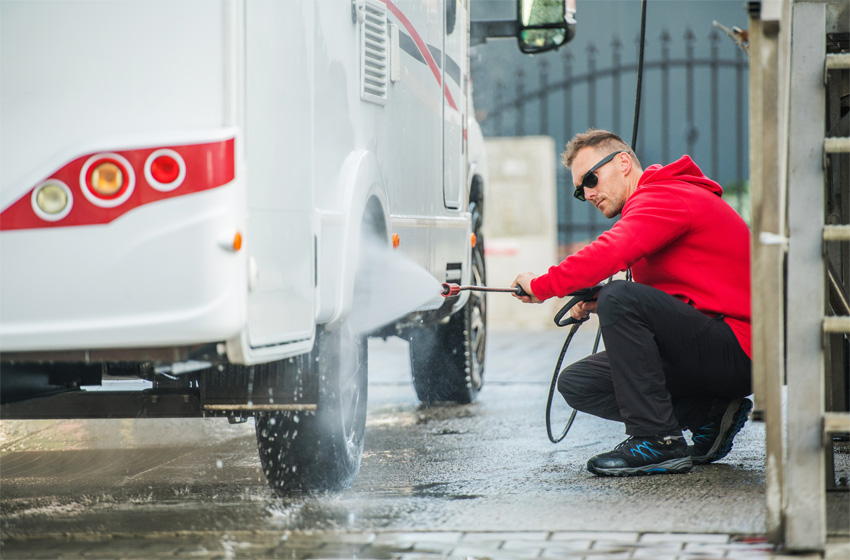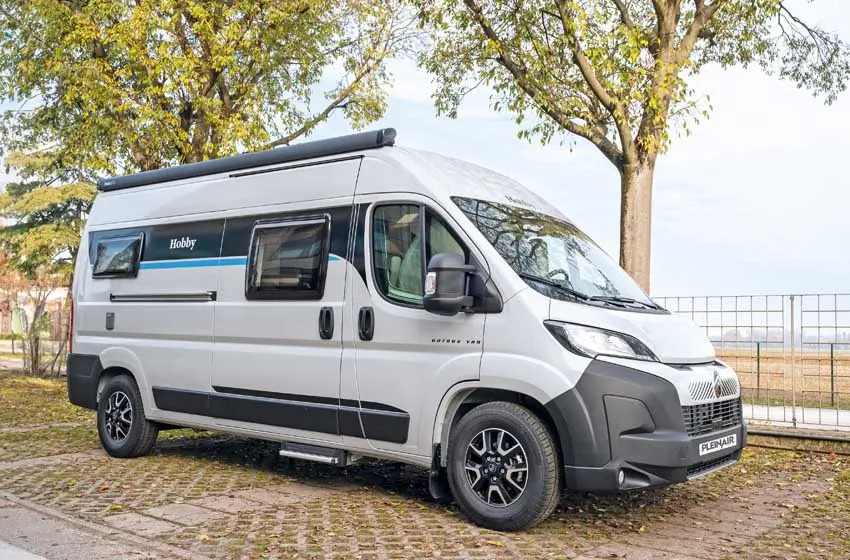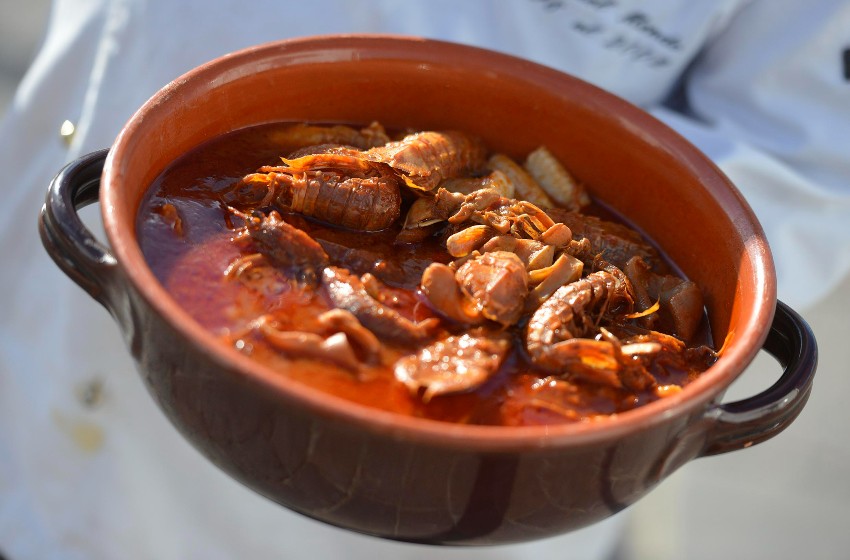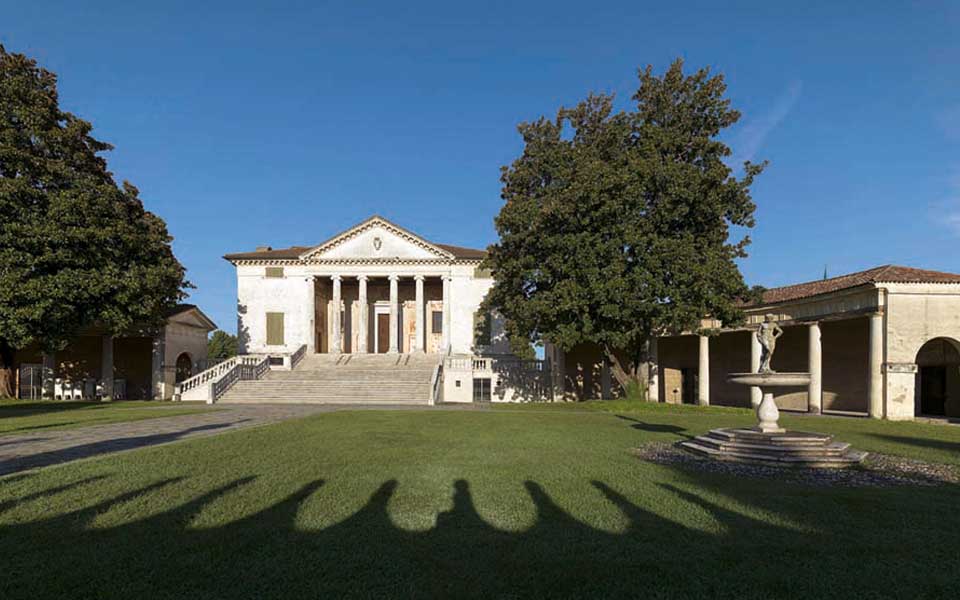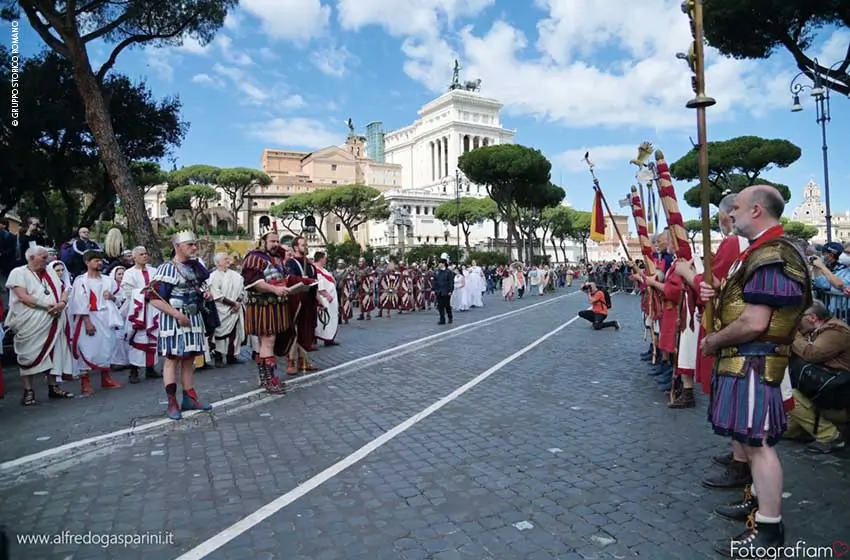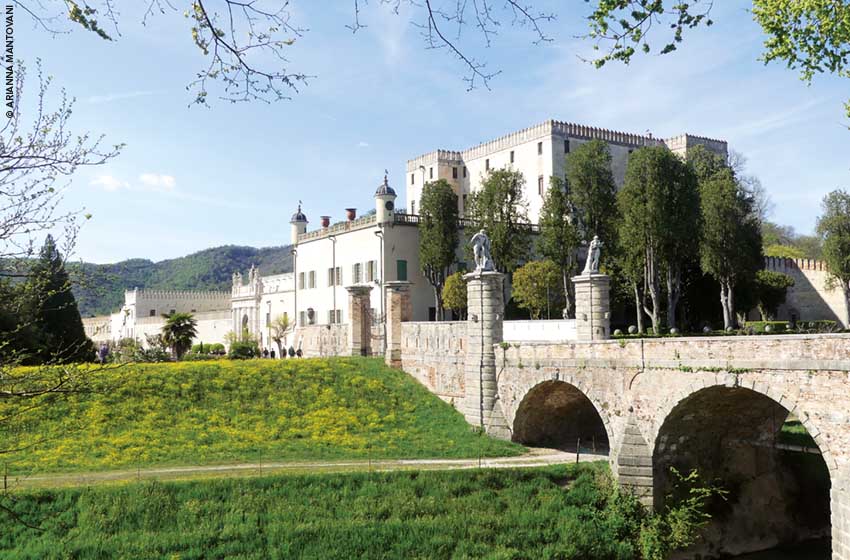For you, is the ideal seaside holiday one where you can combine diving into the blue water and relaxing on the fine sandy beach with excursions? We went to explore the surroundings of Churches, in the south of of Sardinia, in a camper and we discovered that the area offers an extraordinary mix of ancient rocks, coves, caves and mines.
At first light, in the clear morning sky, the view of the coast of The prophet is unforgettable. The enchantment of a strip of red, brown and black earth, dotted with Mediterranean scrub, stretches towards the horizon, curling up at the point where the Sugar Loaf emerges from the waters, soaring from the sea. Ten kilometers of rugged, impervious coast, almost devoid of human signs, where nature expresses itself at its maximum power.
The territory of Iglesias, in the province of South Sardinia, is rich in opportunities and ideas. The industrial archaeology of the abandoned mines, The trekking itineraries, le mountain bike proposals. In short, not only the temptations of a crystalline sea but a journey into the most authentic Sardinian land between underground tunnels and hills of red mud. All accompanied by the strong flavors of tradition and excellent white and red wines obtained from native vines.
Cala Domestica, Cala Lunga and Masua
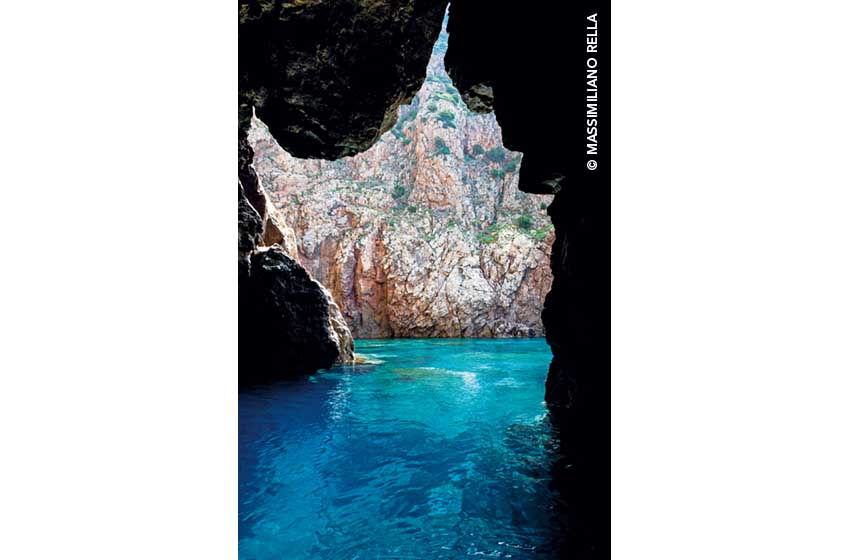
The coast of Sulcis Iglesiente is a succession of overhanging rocks, caves and a few small beaches lapped by a crystalline sea. For example Domestic Cove, Long Cove e I've learned: the latter is located in front of the Pan di Zucchero, a 133-meter high stack elected a natural monument. A dip in the clear waters of the Gulf of Gonnesa is what is needed for those who travel the Santa Barbara Mining Trail, a five-hundred-kilometer circular trek – mostly accessible to mountain bikes – that begins and ends in the center of Iglesias, touching the coast of Nebida, Porto Flavia, Cala Domestica and other places, including the town of Carloforte on the island of San Pietro.
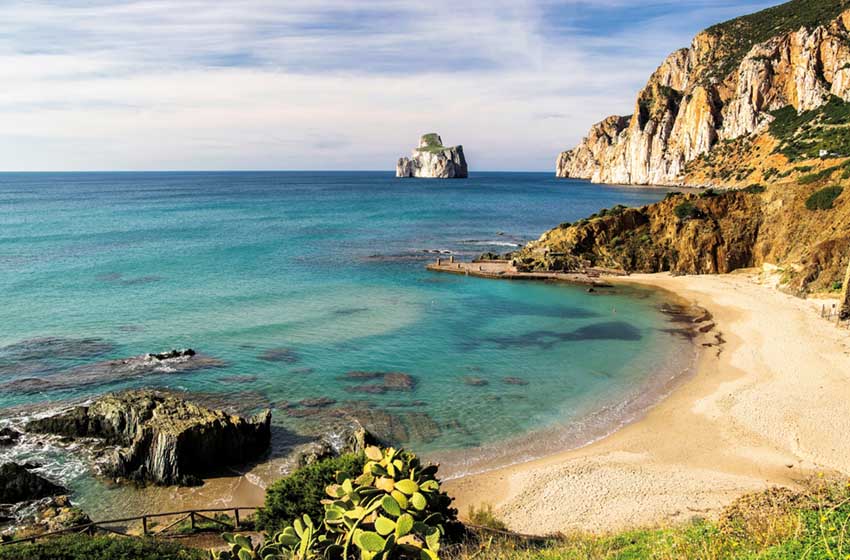
On the beach of Masua a couple of hours' boat trip awaits us. warung beach club during which you can dive into otherwise unreachable waters. By swimming you can reach the spectacular Cave Sardinia. Do you know why it is called that? For the shape that recalls the form of the region. Also unforgettable is swimming under the sedimentary slabs of the Canal Grande di Nebida, another natural monument accessible by sea.
Porto Flavia
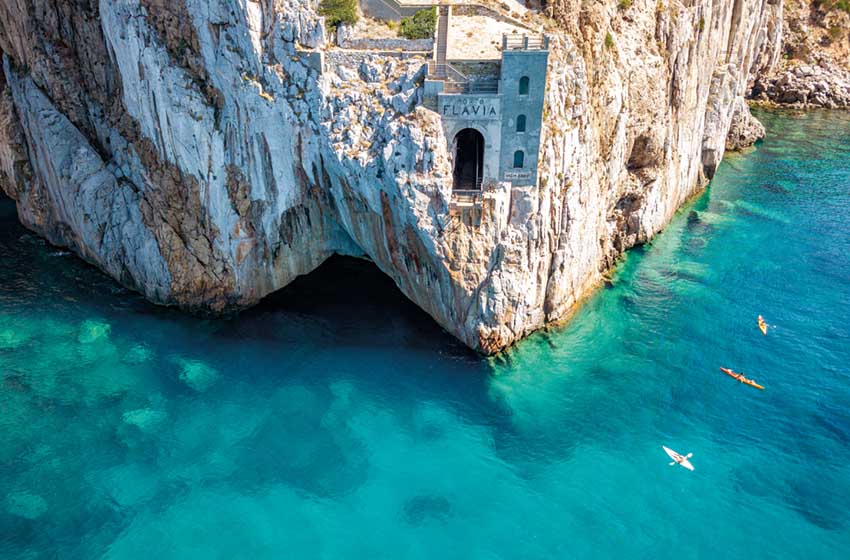
A stone's throw from the Masua beach, overlooking the sea, the plant Porto Flavia It is a true masterpiece of engineering. Active between 1924 and 1963, the mine is made up of two six-hundred-meter-long tunnels dug into the rock, at different levels. It has an incredible view suspended over the water. From here the minerals were lowered onto small sailing boats, the bilancelle, transported to Carloforte and then transferred onto international merchant ships. A crazy site that can be admired from the boat or during a guided tour.
On tour among the mines
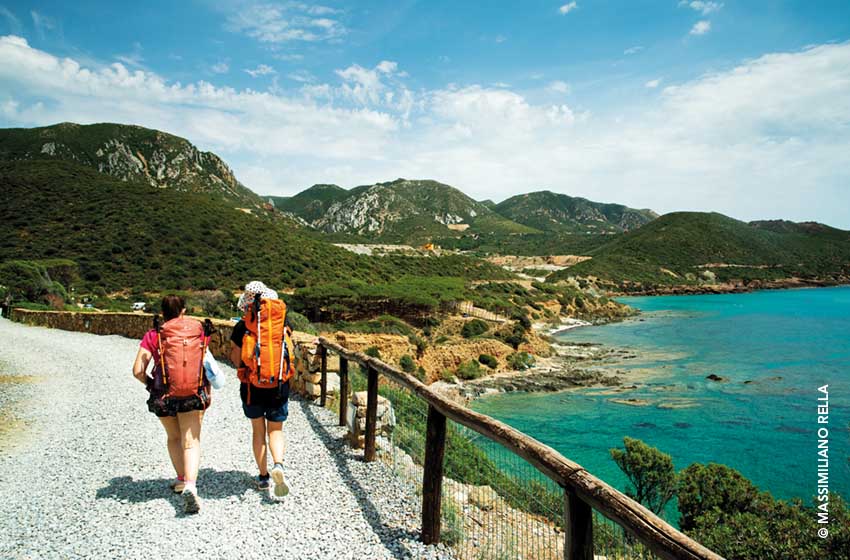
Monteponi mine
For centuries, the mineral resources of Iglesias have influenced the economic activity and landscape of Sulcis Iglesiente. Abandoned since the 1990s, the mining sites are now an original tourist destination and an interesting example of industrial archaeology. Just outside the town, two former mining complexes await us.
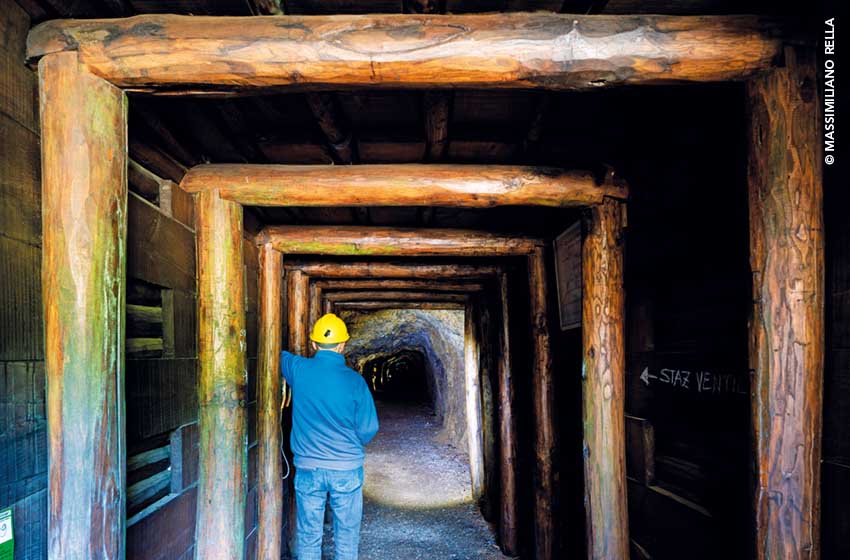
Monteponi, intended for the extraction of lead and zinc, took on its current appearance in the mid-nineteenth century by a Ligurian-Piedmontese group. Overlooking a surreal landscape of red mud, the result of waste materials, it is a settlement that can be visited freely. Among the disused plants, the Sella and Vittorio Emanuele II wells are noteworthy. The Villamarina gallery, active from 1855 to 1998; and the winch room of the Inclined Plane, a system of trolleys sliding on rails from which the transport of materials along the hill was controlled, presented at the Paris Expo of 1889.
San Giovanni mine
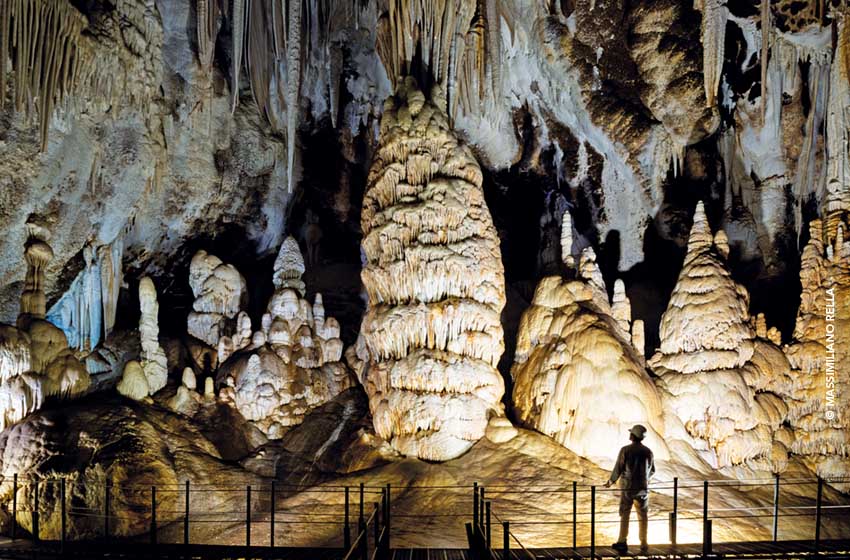
Just a few more kilometers and we reach the San Giovanni mine. It was discovered here in 1952
la Cave of Santa Barbara, a huge cavity full of stalactites, stalagmites and dark tabular barite crystals where there is also a small lake and a twenty-six meter high calcium carbonate column. You can only reach it with guided tours for groups. You have to cross the mine on a small train and then go down a spiral staircase.
Cave of San Giovanni
On the coast of Nebida, eleven kilometers from Iglesias in the municipality of Domusnovas, stands the Cave of San Giovanni, the longest “vehicle cave” in the world: 860 metres dug out by the Sa Duchessa stream (today closed to car traffic).
Lamarmora Washery
Fifteen kilometers from Iglesias we find Lamarmora Washery, a plant that was once used for washing minerals. It can be reached from the belvedere by going down a staircase of three hundred steps.
To get an idea of the variety of minerals present in the area it is worth taking a trip to Mumisa-Sardinian Museum of Mineralogy in Iglesias. The rooms are dedicated to the minerals of Sardinia (calcites, barites and so on) and to a collection of specimens from all over the world. The Municipality proposes the visit in combination with the Costume Museum, which houses the traditional clothes of the Iglesiente.
Churches
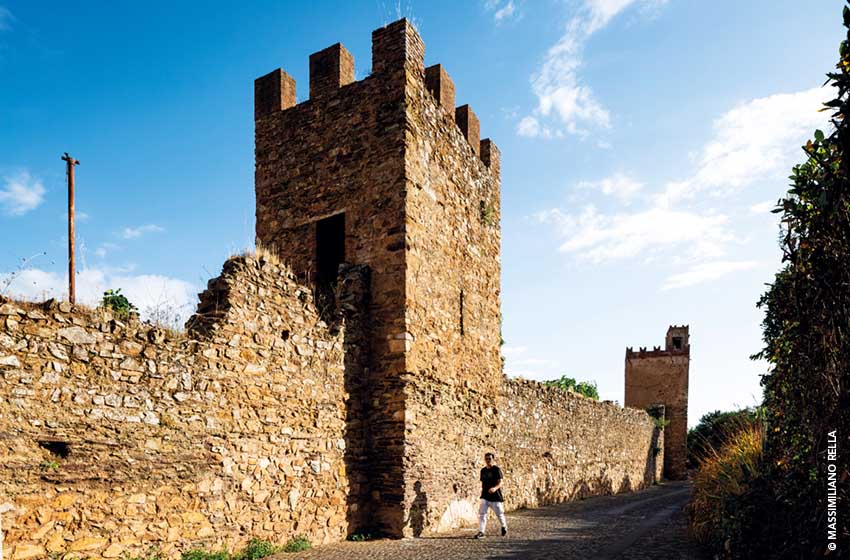
The mineral resources of the territory attracted Phoenicians, Romans and other peoples over the centuries. But it was in the 13th century that the Pisan nobleman Ugolino della Gherardesca grouped the miners' settlements into a new town, Church Villa (Ecclesiae), mentioned for the first time in 1272. The Breve municipal statute, a document that regulated public life and the management of the mines, now kept in the Municipal Historical Archive of Iglesias, as well as the construction of the medieval walls and the Salvaterra Castle, refounded by the Aragonese in 1325, date back to that time. The fortifications run along the hill road up to Torre Guelfa, resting on the opposite hill.
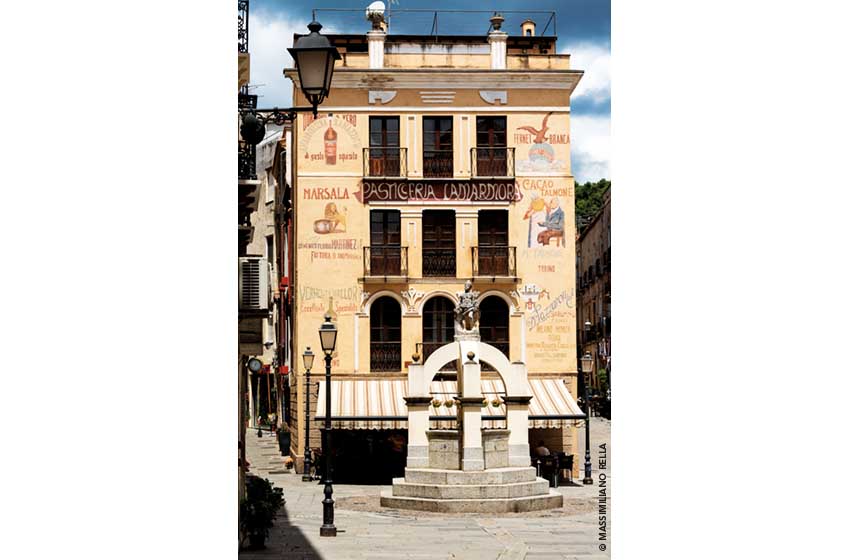
In 1324 Villa Ecclesiae was conquered by the Catalan-Aragonese, marking the beginning of the Iberian domination of the western Sardinian coasts. The domination lasted for four hundred years until the advent of the Sardinian-Piedmontese Kingdom (1720-1861). Clear signs of the Aragonese period are visible in the palaces and churches of the historic center. Overlooking Corso Matteotti are Art Nouveau buildings from the early twentieth century: They were originally the homes of mining managers, many of whom came from Piedmont. It was the Piedmontese who gave a strong boost to the mines.
It is no coincidence that Quintino Sella, former Minister of Finance of the Kingdom of Italy and expert in mineralogy, was named honorary citizen in 1871: the recently restored monument in Piazza Sella is dedicated to him. The palace of the ancient Lamarmora Offelleria, instead, dates back to the twentieth century and is frescoed with images of advertising of the time. It hosts the most beautiful café in the city.
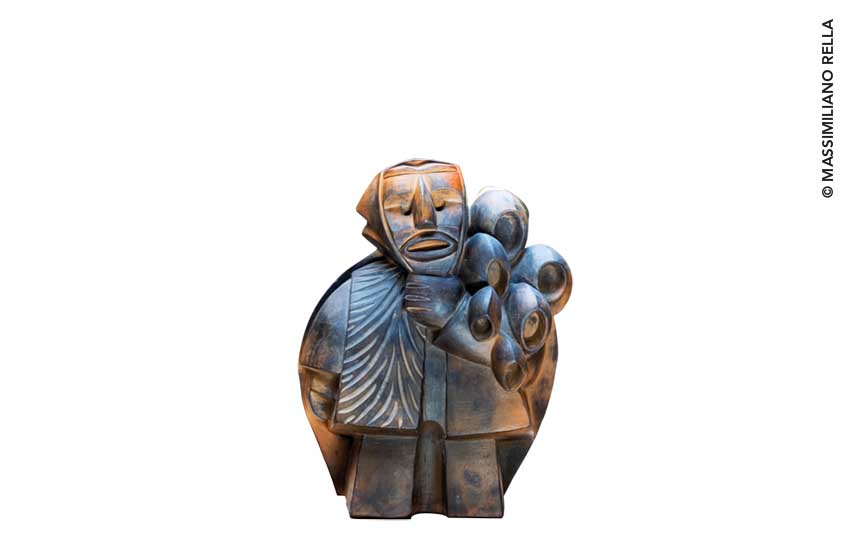
The Cathedral of Santa Chiara
The jewel of Iglesias is the Cathedral of Santa Chiara, built between 1284 and 1288 commissioned by Count Ugolino. It has a light and dark stone façade flanked by a square-tube bell tower, a Latin cross plan with a single nave, two side chapels and pointed arches that divide the hall into four bays covered by star vaults. The church houses a carved crucifix and images of Jesus, saints and the martyrdom of Sant'Antioco, the patron saint of the diocese to whom the sixteenth-century chapel is dedicated, enlarged and embellished in the mid-seventeenth century and completed by the Ligurian architect Domenico Spotorno.
Typical food in Sulcis Iglesiente

Bakery products
In Sulcis Iglesiente a sea of goodness awaits us, from Carloforte tuna pizzas in oil with the inevitable mustazzeddu, focaccia with garlic, oil and tomato and basil filling. You can also find a
large variety of bread such as pintao coconut, or the “bride’s bread”, heart-shaped and rich in floral decorations. Among the desserts to try are the pardulas, lard and flour cakes filled with ricotta, saffron and lemon.
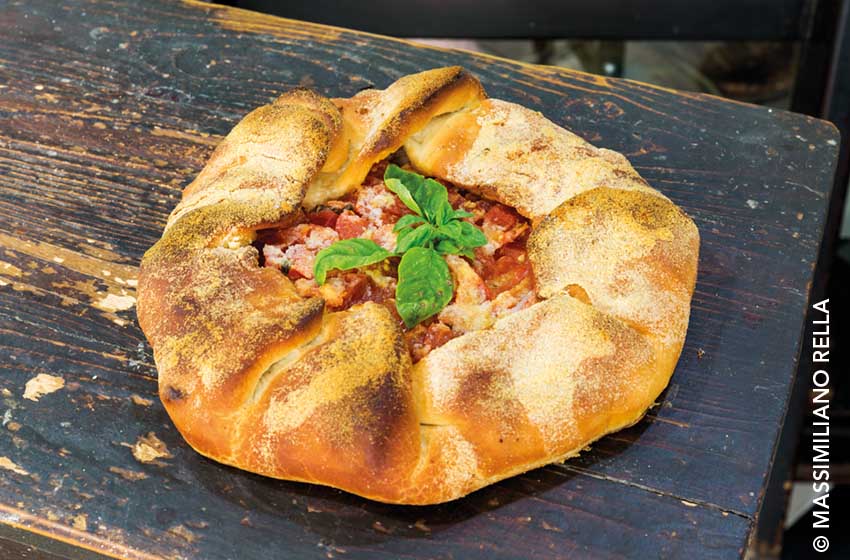
Allo Zenith di Churches let's savour revisited recipes, such as shelled mussels on cold cream of
pachino tomatoes with basil and cuttlefish ink sauce. restaurant Church Villa, in the shadow of the Cathedral of Santa Chiara, the rich and original fish appetizer is enough to satisfy the palate.
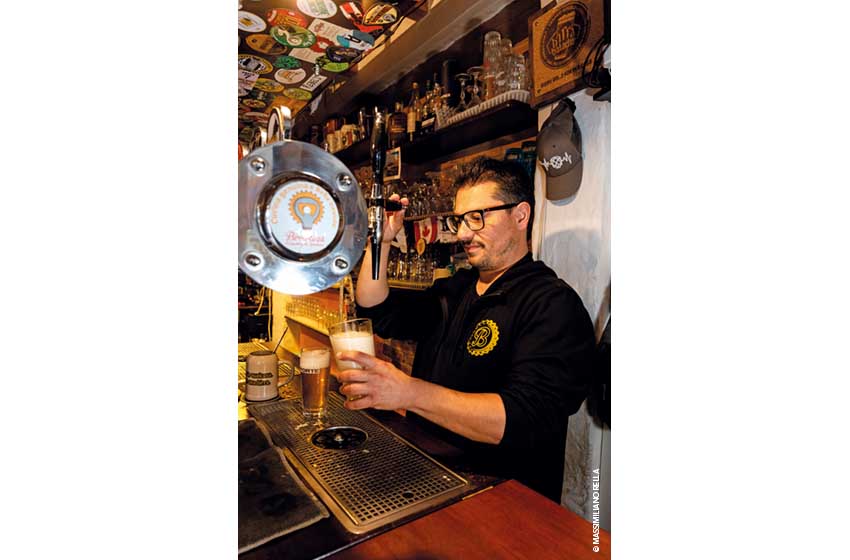
The tour of flavours continues on the beach of Masua al Beach Restaurant Warung. I try the tuna tartare, salted zabaglione, celery, hazelnut and caper powder. If you are looking for country cuisine, the restaurant of the Artu Hotel offers tasty recipes such as malloreddus Campidanese style, the classic Sardinian gnocchi revisited with dried Desulo sausage.
Wine or beer?
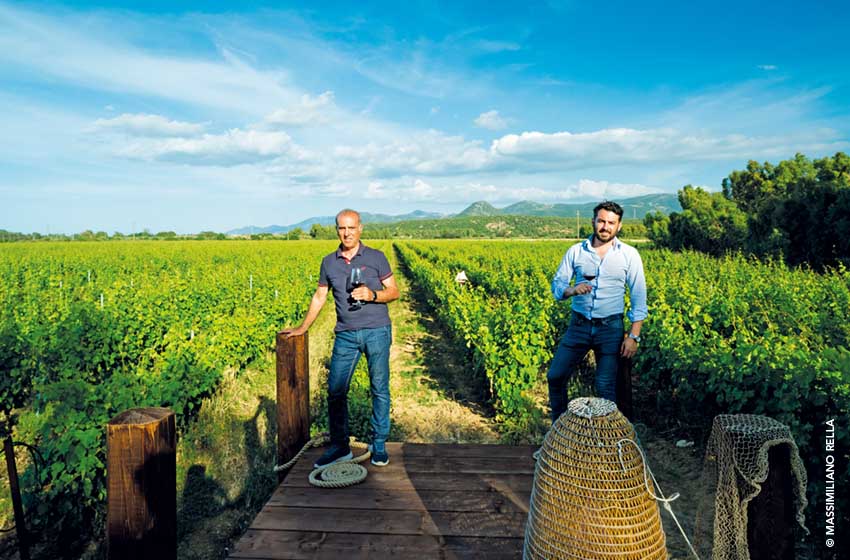
And in the glass? In Iglesias there are three wineries that produce quality wines from native vines: Vermentino and Moscato di Sardegna among the whites, Monica and Carignano among the reds. Among the vineyards of Arrivals the oenologist Paolo Pitzolu, who has lived in South Africa and Argentina, combines the tasting of company wines
in limited edition (including a Moscato di Sardegna Doc) to cheeses and cured meats. In the cellar of Frank Rubiu and his son Roberto's wine tasting, from Vermentino di Sardegna Doc to the blend of Alicante and Carignano red grapes, is done in the garden with mature and semi-mature cheeses.
Final stage from Aru, a beautiful 19th century rural farm: among the labels offered by Mario are a late harvest Vermentino, rich and concentrated, a pleasant rosé made from Cannonau grapes, rosé and white sparkling wines made from Vermentino. Do you prefer beer? Go to Mattia and Roberta of Fermentations Brewery Spontaneous for a list of artisanal blondes, reds and darks. A true temple where you can delve into the culture of beer made in Sardinia, starting with the excellent house blonde.
Camper stop
- A Villamassargia there is theagricamping Rural Women 700 meters from the village, which has 12 pitches on grassy and shaded ground equipped with electricity, drinking water, loading and unloading, toilets, showers, laundry and barbecue. On the farm direct sale of legumes and organic products, educational farm for students and adults. Price 28 euros per crew (2 adults and children), plus 3 euros for each additional person.
- A I've learned There is the toll parking adjacent to the beach and the pine forest, close to the dirt road that leads to the Porto Flavia mines.
- A buggerru the camper area is available About Marxani Cala Domestica, a stone's throw from the beaches of Cala Domestica and Cala Lunga, which has water loading and unloading (there is no electricity), paid toilets and showers (1 euro), kiosk bar with refreshments. Price 15 euros per day.
Where to eat
In Iglesias you can eat at Alex Pub in Via Garibaldi at Palazzo Sagittarius which serves pizzas, including gourmet, and grilled meat. In the same city, in Via Cagliari 113, you can find Zenith (tel. 0781 1960050, 349 0503492) which is also the b & b EosChef Manuele Loci offers revisited recipes such as fusilli with red prawns, clams, fresh tomatoes, saffron and basil.
Where to buy typical products
A Iglesias Alessandro Lai Ceramics in Via Satta 23 produces artistic handicrafts and household objects such as jugs, Nuragic clay vases and anthropomorphic figures of Sardinian culture (tel. 338 9102798). Vargiu Bakery 1891 in Corso Matteotti 18 you can stock up on mustatzeddu, the typical focaccia, the long-leavened Ciuvraxiu bread, the Cocoi Pintao or “bride’s bread” heart-shaped and rich in floral decorations, the Su pipìu cun S'Ou bread (the child with the egg). Among the desserts, the pardulas, tarts filled with ricotta, saffron and lemon (tel. 0781 23408, 342 1539595).
Excursions and guided tours
A domusnovas you can refer to the Consortium Natura Viva Sardinia (tel. 348 0553309) which organizes guided tours to the Grotta di San Giovanni. In Iglesias there is Iglesias Rent Bike c/o Consorzio Iglesiente in Piazza Pichi 3 (tel. 351 8986701) where you can rent pedal-assisted mountain bikes. A full day costs from 35 to 40 euros for the bike alone, while half-day guided tours for groups start at 45 euros per person. Sulcis Hiking Bike It offers a 4-hour guided trekking with tastings of typical products. Il Warung Beach instead, it organizes dinghy tours from the equipped beach of Masua.
To organize your holiday in Sardinia in Sulcis Iglesiente in a camper for more information you can contact theTourist Office of Iglesias in Piazza Municipio (tel. 0781 274507). Among the initiatives the guided tour of the historic center of Iglesias (duration 90 minutes, cost 10 euros).
In Sardinia with Corsica Ferries
The company's ships Corsica Ferries Sardinia Ferries guarantee efficient and comfortable connections to Sardinia (but also Corsica and Elba) and favorable conditions to PLEINAIRCLUB members.
The Santa Barbara Mining Trail Cycle Path
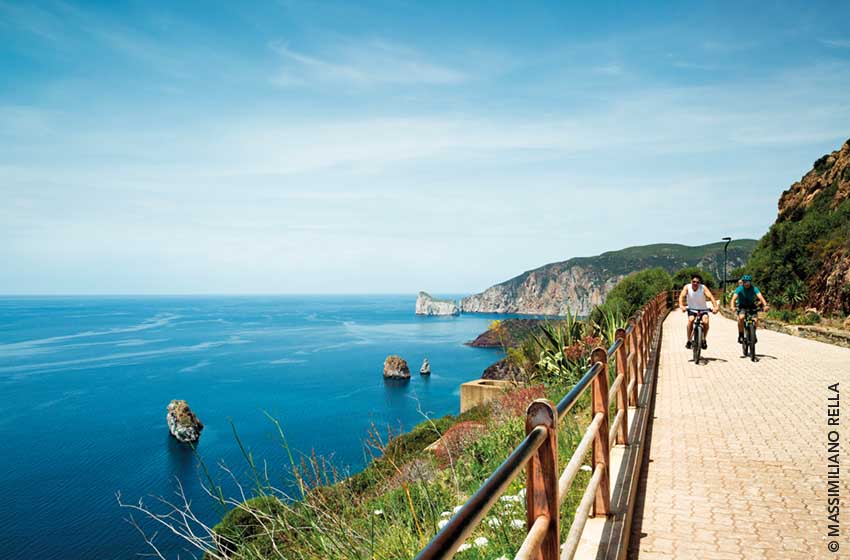
The new Santa Barbara Mining Trail Cycle Route It is a route that winds through the Geo-mining Historical Environmental Park of Sardinia. The route, which is added to the walking itinerary that has been accessible for several years, starts from Iglesias, ranging north to Montevecchio and south to Candiani (Porto Pino), among unique scenery and colors.
Thu you will find all the information to organize your trip.
text and photos by Massimiliano Rella
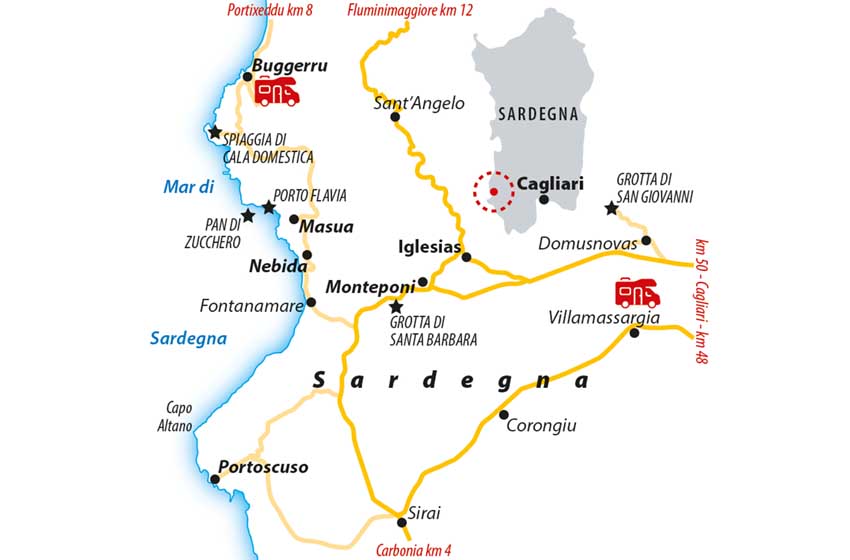
Did you like this proposal for a trip to Sardinia in a camper?

